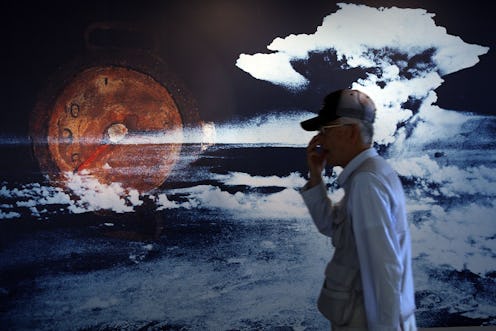News
Atomic Bomb Nearly Destroyed North Carolina in '61
In 1961, Yuri Gagarin was the first human to travel to space, John F. Kennedy became President of the United States, and, oh — North Carolina was nearly (accidentally) blown up by American nukes.
A recent document The Guardian obtained from Eric Schlosser — author of Fast Food Nation — shows that the U.S. Air Force came dangerously close to detonating atom bombs over Goldsboro, North Carolina in January 1961. Each bomb carried the equivalent of roughly 4 million tons of TNT — the explosion would have been 260 times more powerful than the bombs that destroyed Hiroshima, spreading as far as New York city.
The two MK39 hydrogen bombs were accidentally dropped from a B-52 bomber that was traveling along the East Coast after it suddenly broke apart, headed into a tailspin and crashed. Although all the safety mechanisms worked fine on one of the bombs, three out of the four mechanisms failed in the other.
How close was it, really? The bomb apparently reacted as though it was being armed: its parachute opened and trigger systems engaged. Only the last, low-voltage switch, kept it from detonating on hitting the ground, according to the report.
“One simple, dynamo-technology, low voltage switch stood between the United States and a major catastrophe!” the analyst writes in the report.
"It would have been bad news — in spades," he adds. "The MK 39 Mod 2 bomb did not possess adequate safety for the airborne alert role in the B-52."
The U.S. government has always been adamant that its nuclear arsenal has never threatened American lives — but as the report shows, it was a pretty close call. To add insult to injury? Schlosser's research has also shown that over 700 accidents involving nuclear weapons were recorded between the years 1950 and 1968.
